
|
|
Font Size:
|
||||
|
|
|
|
||||
STATISTICAL BRIEF #114:
Annual Flu Shot Rates among Persons 18 and Older in the U.S. Civilian Noninstitutionalized Population, 2003
Highlights
- In 2003, while less than a fifth (18.8 percent) of the 18-49 age group received a flu shot within the last year, 40.7 percent of 50-64 year olds and two-thirds (66.4 percent ) of persons 65 and older received flu shots.
- Hispanic adults were less likely to receive flu shots than non-Hispanic black or white adults (18.8 percent versus 21.5 percent and 35.9 percent, respectively).
- Among persons 18 and older, those with some college education were more likely than high school graduates or those with fewer than 12 years of education to have received a flu shot in the last year (34.3 percent versus 30.7 percent 27.6 percent, respectively).
- Adults ever diagnosed with select chronic conditions (diabetes, asthma, high blood pressure, or cardiovascular disease) were more likely to receive flu shots than adults without any of these chronic health problems.
- Adults who perceived themselves to be in fair or poor health were substantially more likely to receive flu shots than those who thought themselves to be in very good or good health or in excellent health (43.0 percent versus 31.9 percent and 25.4 percent, respectively).
Introduction
Influenza is a contagious viral infection of the nose, throat, and lungs. Flu complications can include bacterial pneumonia, dehydration, and worsening of chronic medical conditions, such as congestive heart failure, asthma, or diabetes. Flu season can begin as early as October and end as late as May.
The Centers for Disease Control and Prevention recommend that persons who are at high risk of having serious flu complications get vaccinated each year. This includes all persons 65 years of age and older and persons with certain chronic conditions that weaken their ability to fight flu and its complications. Since many persons 50-64 years of age have one or more medical conditions that would place them at increased risk for serious complications from the flu, it is also recommended that all persons in this age group get yearly flu shots.
This Statistical Brief uses data from the Household Component of the Medical Expenditure Panel Survey (MEPS-HC) for 2003 to examine receipt of annual flu shots for adults 18 or older in the U.S. civilian noninstitutionalized population. The brief compares the percentages of persons getting an annual flu shot by various demographic characteristics and health status. All comparisons discussed in the text are statistically significant at the .05 level unless otherwise noted.
Findings
Demographics
In 2003, an estimated 69.1 million or 31.7 percent of the 18 and older U.S. civilian noninstitutionalized population reported having received the influenza immunization within the last year. The rate of flu vaccination was found to be positively correlated with age (figure 1). Only 18.8 percent persons between the ages of 18 and 49 reported receiving a flu shot within the last year, compared to 40.7 percent of persons ages 50-64 and 66.4 percent of persons 65 or older.
Hispanic or Latino adults were less likely than non-Hispanic blacks or whites to have received a flu shot within the last year (18.8 percent versus 21.5 percent and 35.9 percent, respectively) (figure 2).
Annual flu immunization rates were found to be strongly correlated with level of educational attainment. Adults having at least some college education were much more likely than their less-educated counterparts who only completed high school or had fewer than 12 years of education to have obtained a flu vaccination in the last 12 months (34.3 percent versus 30.7 percent and 27.6 percent, respectively) (figure 3).
Women were somewhat more likely than men to have received a flu shot within the last year (34.9 percent versus 28.3 percent) (estimates not shown).
Health status and insurance
Adults who have ever been diagnosed with diabetes, asthma, high blood pressure, or cardiovascular disease were more likely to have received a flu shot in the last year than those not having any of those conditions (figure 4). Among persons with none of the listed chronic conditions, 23.3 percent received the flu shot within the last year, as compared to 49.3 percent of adults having one or more of the chronic conditions. Specifically, among persons with diabetes and cardiovascular diseases, 59.8 percent received the vaccine within the last year. In addition, more than half (55.4 percent) of persons with high blood pressure and 39.1 percent of persons with asthma have received a flu shot within the past year.
Similarly, adults who perceived themselves to be in fair or poor health were much more likely to have received a flu shot than those who perceived themselves to be in good or very good health or in excellent health (43.0 versus 31.9 percent and 25.4 percent, respectively) (figure 5).
Persons 18-49 years of age who were privately insured or covered only by public health insurance were considerably more likely (21.8 percent and 17.8 percent, respectively) than persons who were uninsured (7.5 percent) to have received a flu shot within the last year. Persons 50-64 years of age received the flu shots within the last year at a much higher rate than those in the age group 18-49 across all insurance status categories. Among elderly adults (ages 65 and older), persons covered by Medicare plus private (including TRICARE) insurance were slightly more likely than those covered by Medicare only to have obtained a flu shot in the last year (69.4 percent versus 63.8 percent). Elderly persons covered by Medicare and some other public coverage program were least likely to have received a flu shot in the last year (57.1 percent) (figure 6).
Data Source
The estimates shown in this Statistical Brief are drawn from analyses conducted by the MEPS staff from the MEPS-HC public use file HC-073.
Definitions
Cardiovascular disease and stroke
The indicator for cardiovascular disease and stroke was drawn from variables indicating presence of heart disease (coronary heart disease, angina, heart attack, stroke, or any other heart-related disease). For each of the conditions listed, the following question was asked: "(Have/Has) PERSON ever been told by a doctor or other health professional that PERSON had [condition]."
Racial and ethnic classifications
Classification by race and ethnicity was based on information reported for each family member. Respondents were asked if each family member's race was best described as American Indian, Alaska Native, Asian or Pacific Islander, black, white, or other. They also were asked if each family member's main national origin or ancestry was Puerto Rican; Cuban; Mexican, Mexicano, Mexican American, or Chicano; other Latin American; or other Spanish. All persons whose main national origin or ancestry was reported in one of these Hispanic groups, regardless of racial background, were classified as Hispanic. Since the Hispanic grouping can include black Hispanic, white Hispanic, Asian and Pacific Islanders Hispanic, and other Hispanic, the race categories of black, white, Asian and Pacific Islanders, and other do not include Hispanic. MEPS respondents who reported other single or multiple races and were non-Hispanic were included in the other category.
Health insurance status
Individuals under age 65 were classified in the following three insurance categories, based on household responses to health insurance status questions:
- Any private health insurance: Individuals who, at any time during the year, had insurance that provides coverage for hospital and physician care (other than Medicare, Medicaid, or other public hospital/physician coverage) were classified as having private insurance. Coverage by TRICARE (Armed Forces-related coverage) was also included as private health insurance. Insurance that provides coverage for a single service only, such as dental or vision coverage, was not included.
- Public coverage only: Individuals were considered to have public coverage only if they met both of the following criteria: 1) they were not covered by private insurance at any time during the year, and 2) they were covered by one of the following public programs at any point during the year: Medicare, Medicaid, or other public hospital/physician coverage.
- Uninsured: The uninsured were defined as people not covered by private hospital/physician insurance, Medicare, TRICARE, Medicaid, or other public hospital/physician programs at any time during the entire year or period of eligibility for the survey.
- Medicare only: Individuals who, at any time during the year, were covered by Medicare only. This classification also includes a small number of persons ages 65 and over who did not report Medicare coverage.
- Medicare plus private (including TRICARE): Individuals who at any time during the year, were covered by a combination of Medicare, TRICARE, or private insurance.
- Medicare plus other public coverage: Individuals who, at any time during the year, were covered by Medicare in addition to some other type of public insurance.
About MEPS-HC
MEPS-HC is a nationally representative longitudinal survey that collects detailed information on health care utilization and expenditures, health insurance, and health status, as well as a wide variety of social, demographic, and economic characteristics for the civilian noninstitutionalized population. It is cosponsored by the Agency for Healthcare Research and Quality and the National Center for Health Statistics.
For more information about MEPS, call the MEPS information coordinator at AHRQ (301-427-1656) or visit the MEPS Web site at http://www.meps.ahrq.gov/.
References
Agency for Healthcare Research and Quality. National Healthcare Quality Report, 2004. Rockville, Md.: U.S. Department of Health and Human Services.
Centers for Disease Control and Prevention. Influenza fact sheet: Key estimates about Influenza and the Influenza vaccine. Rev ed. Atlanta, Ga.: U.S. Department of Health and Human Services, Centers for Disease Control and Prevention: 2004. http://www.cdc.gov/flu/keyfacts.htm
For a detailed description of the MEPS survey design, sample design, and methods used to minimize sources of nonsampling error, see the following publications:
Cohen, J. Design and Methods of the Medical Expenditure Panel Survey Household Component. MEPS Methodology Report No. 1. AHCPR Pub. No. 97-0026. Rockville, Md.: Agency for Health Care Policy and Research, 1997.
Cohen, S. Sample Design of the 1996 Medical Expenditure Panel Survey Household Component. MEPS Methodology Report No. 2. AHCPR Pub. No. 97-0027. Rockville, Md.: Agency for Health Care Policy and Research, 1997.
Cohen, S. Design Strategies and Innovations in the Medical Expenditure Panel Survey. Medical Care, July 2003: 41(7) Supplement: III-5-III-12.
Suggested Citation
Soni, A. Annual Flu Shot Rates among Persons 18 and Older in the U.S. Civilian Noninstitutionalized Population, 2003. Statistical Brief #114. February 2006. Agency for Healthcare Research and Quality, Rockville, Md. http://meps.ahrq.gov/mepsweb/data_files/publications/st114/stat114.shtml
AHRQ welcomes questions and comments from readers of this publication who are interested in obtaining more information about access, cost, use, financing, and quality of health care in the United States. We also invite you to tell us how you are using this Statistical Brief and other MEPS data and tools and to share suggestions on how MEPS products might be enhanced to further meet your needs. Please e-mail us at mepspd@ahrq.gov or send a letter to the address below:
Steven B. Cohen, PhD, Director
Center for Financing, Access, and Cost Trends
Agency for Healthcare Research and Quality
540 Gaither Road
Rockville, MD 20850
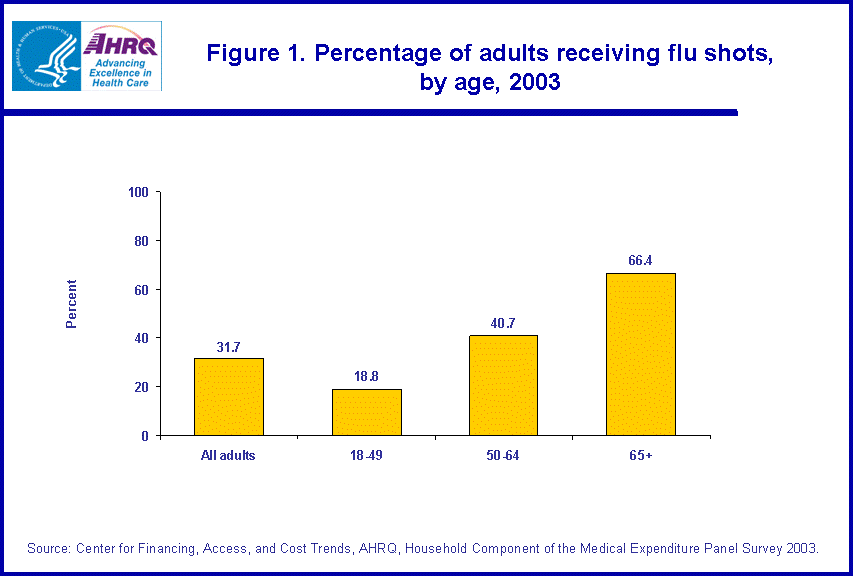 |
||||||||||||||||||||||||||||||
|
||||||||||||||||||||||||||||||
|
|
||||||||||||||||||||||||||||||
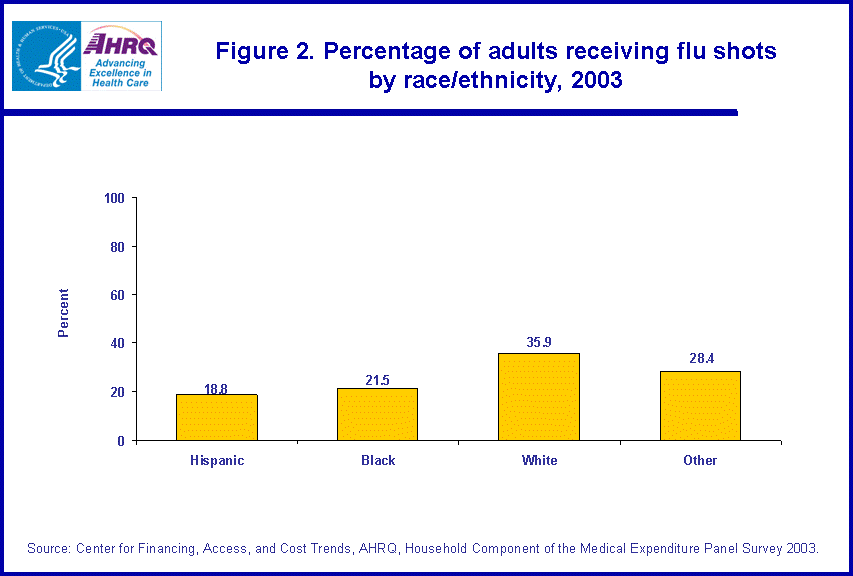 |
||||||||||||||||||||||||||||||
|
||||||||||||||||||||||||||||||
|
|
||||||||||||||||||||||||||||||
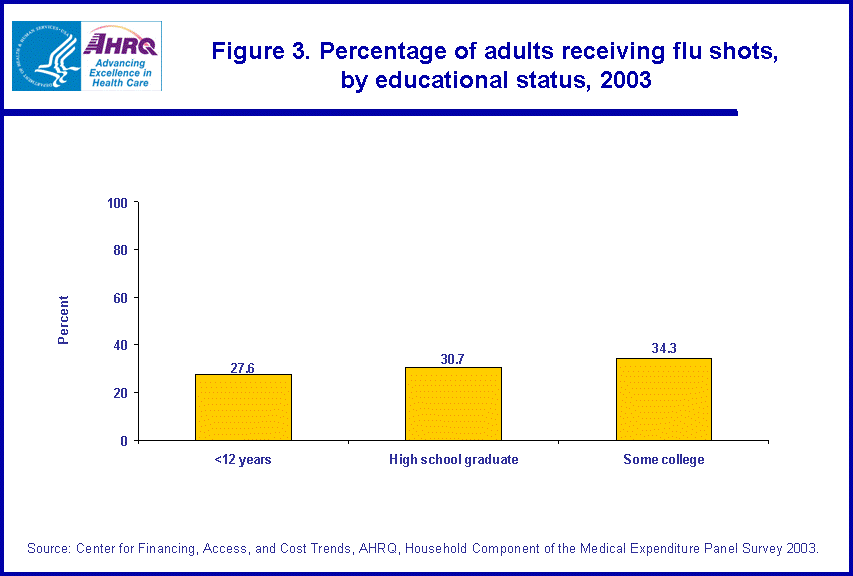 |
||||||||||||||||||||||||||||||
|
||||||||||||||||||||||||||||||
|
|
||||||||||||||||||||||||||||||
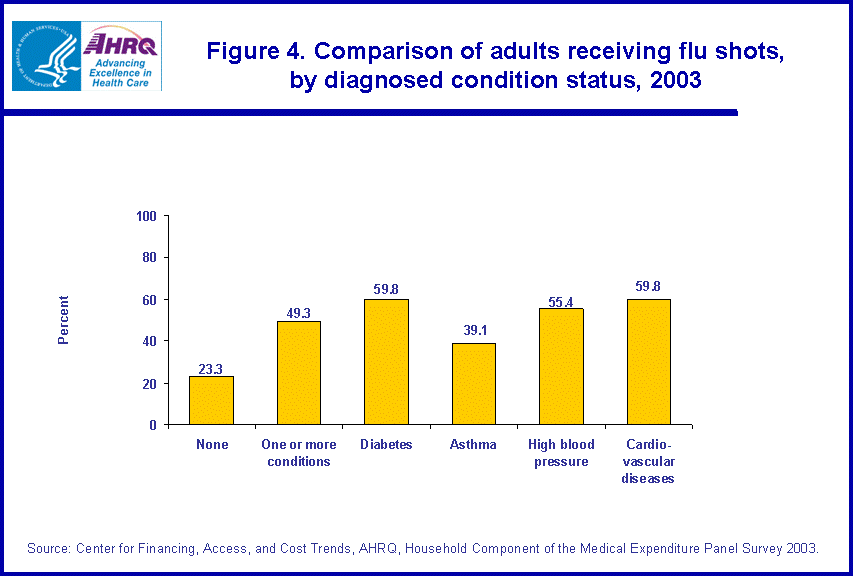 |
||||||||||||||||||||||||||||||
|
||||||||||||||||||||||||||||||
|
|
||||||||||||||||||||||||||||||
 |
||||||||||||||||||||||||||||||
|
||||||||||||||||||||||||||||||
|
|
||||||||||||||||||||||||||||||
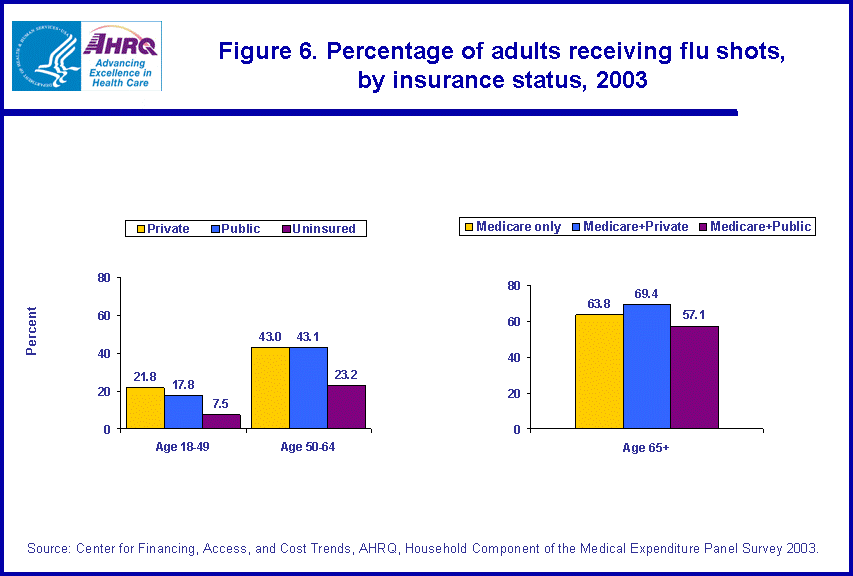 |
||||||||||||||||||||||||||||||
|
||||||||||||||||||||||||||||||
|
|
||||||||||||||||||||||||||||||


